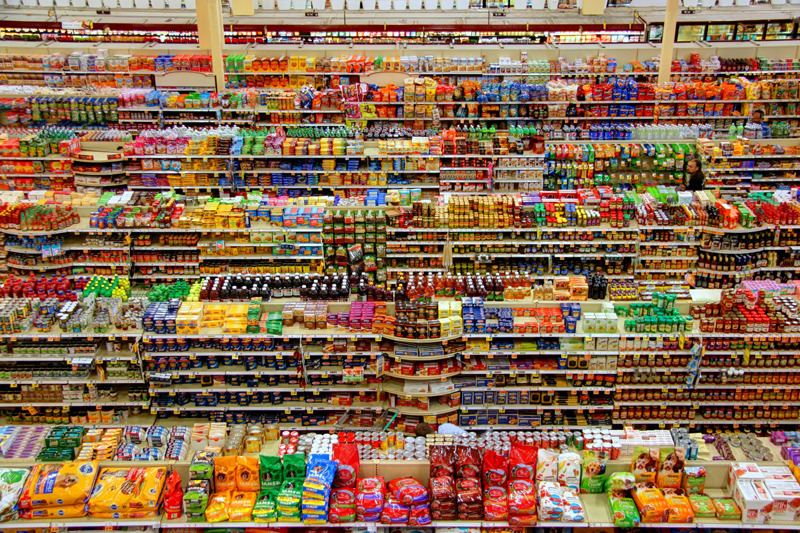

By Adam Yee, Senior Consultant and retail expert at global tech consulting firm, Slalom
The end of March marked a record high for UK supermarket inflation. It’s a stark demonstration of how the current inflationary pressures on the UK’s retail sector and beyond are making it challenging for households to afford basic necessities. Although supermarkets are doing their best to keep prices affordable, consumers are still feeling the pinch.
As a result of inflation, shoppers are having to manage their budgets wisely, and tactfully visit multiple shops each week to purchase their weekly groceries. This is not due to a lack of effort from supermarkets; instead, it highlights the importance of investment in supply chain technology and innovation to keep up with changing market conditions. By investing in their supply chain, supermarkets can optimise operations, reduce costs, and better manage their supply base, product portfolio, and supply chain systems within the UK context. It is imperative that supermarkets look to leverage and amend their supply chain through a range of practical tactics, but also by utilising automation and other future technologies wherever possible, to satisfy shoppers and win back a loyal consumer base.
The rising use of automation can free employees from manual tasks, while increasingly leveraging AI and machine learning can give retailers better insight into their supply chains and improve their demand planning process to foresee challenges and better manage them. This technology-informed insight and freeing up of manual labour gives supermarkets the means to become more agile in their planning efforts, in turn creating more efficient delivery and reducing lead times for replenishing the in demand stock.
From a practical standpoint, supermarkets could establish regional distribution hubs, enabling more efficient delivery routes and reducing lead times for inventory replenishment. This can help to minimise stockouts and ensure fresher products on the shelves as products need to travel shorter distances from regional distribution hubs to stores. These regional distribution hubs can also improve the overall resilience of a supermarket’s supply chain; in the event of disruptions, such as extreme weather events or transportation delays, having multiple distribution centres can help minimise the impact and ensure that UK supermarkets can continue to serve their customers.
Additionally, collaborating with local farmers and producers allows UK supermarkets to shorten supply chains and cut transport costs. It’s also a tactic which bolsters the local economy and reduces carbon footprint, providing forward momentum for supermarkets’ ESG goals. Similarly, a collaboration with local competitors can give supermarkets a unique edge by pooling resources and collaborating with each other on non-differentiating aspects of their supply chains, such as transportation or warehousing. For example, they might jointly use a warehouse or distribution centre, lowering the cost of rent and maintenance for each company.
Ultimately, optimising supply chains to meet consumer demand is key to enhancing both product availability and customer experience. Both are vital elements in creating a competitive environment for supermarkets to flourish and help consumers rebuild trust in the UK’s supermarket industry.
By investing in their supply chain, UK supermarkets can not only just survive, but thrive and win shoppers back, ensure they remain competitive, and provide consumers with high-quality goods at affordable prices.









